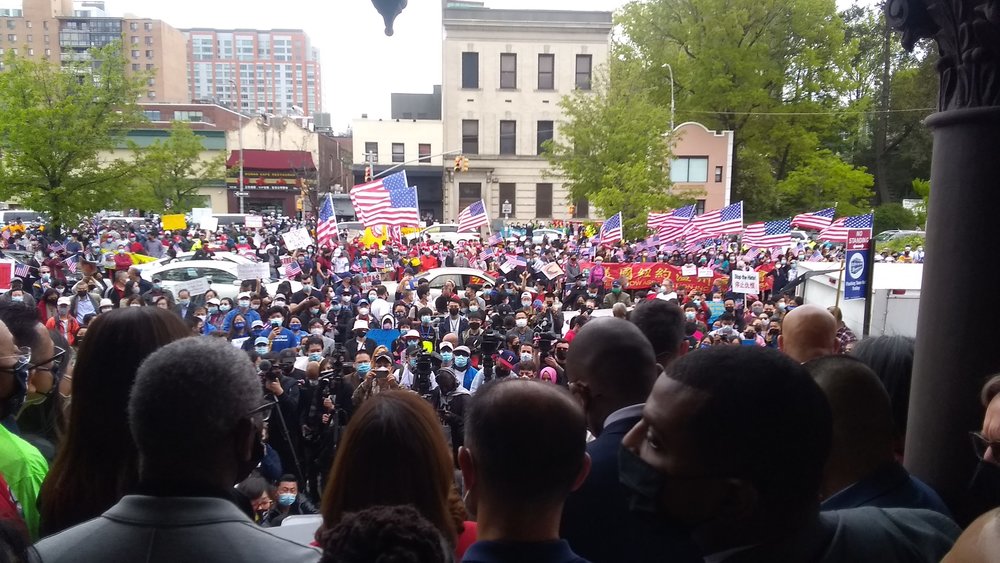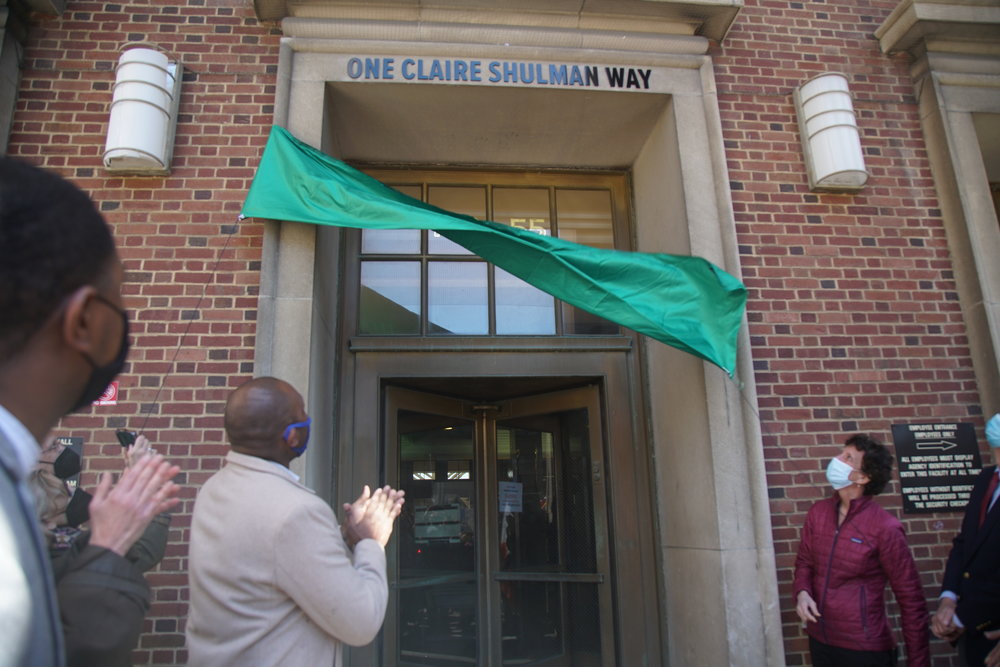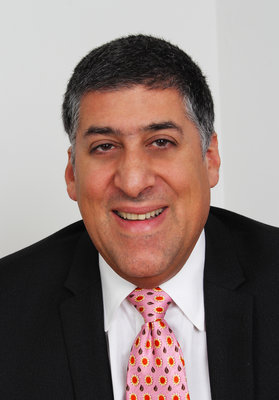Public sounds off on updated W’burg park redesign
The controversial renovation of Marsha P. Johnson State Park in Williamsburg continued its long and winding journey towards reopening during three design review sessions this past week.
In early 2020, the park officially changed its name from East River State Park to Marsha P. Johnson State Park to honor the legacy of the notable LGBTQ+ activist and 1969 Stonewall Uprising leader.
The site was closed soon thereafter due to the pandemic, and remains closed to renovate and redesign the park in honor of its new namesake.
However, the proposed redesign, which would include the installation of a large, plastic mural on one of the park’s two concrete slabs, drew the ire of community organizers and Williamsburg residents.
In a series of public hearings last months, community members and the family of Johnson criticized the redesign for failing to properly honor the activist’s legacy. They demanded the state Parks Department abandon its redesign in exchange for one that would reflect Johnson’s well-documented love of flowers.
The department complied, and for the past three weeks landscape architecture firm Starr Whitehouse has been working on a new design.
This past week, the department and firm held three public review sessions to gather community feedback for the proposal. Two of the design reviews were held in person at the park at 90 Kent Avenue and one was held virtually.
“This has been the most iterative process I’ve even been involved in,” explained Laura Starr, a founding partner of Starr Whitehouse, at the virtual design review. “I think we have included almost every suggestion in some way. I love all of the feedback we’ve received at the in-person meetings.”
While some elements of the park’s original design have been kept, including the playgrounds, many other aspects have been completely redeveloped. Most notably, the plastic mural was scrapped in favor of more green space and flowers.
Starr Whitehouse is also still in the process of implementing additional community suggestions into the design. These include an amphitheater space, an entrance gate, narrative plaques to tell Johnson’s life story, and several safe spaces and resources for the LGBTQ+ and Trans communities.
“We are still massaging the design drawing,” Starr explained. “We are taking in all our input now, even if we won’t be able to implement it until later.”
However, Monday’s design review still garnered a fair amount of criticism.
“In my opinion, the park looks a little commercial like,” said Anika Dorsey Good, Johnson’s great-niece. “It has green space, but it isn’t very vibrant. As a family member, we don’t want the only thing commemorating Marsha when this park opens to be a metal plaque. We want the park to really embody who Marsha was.”
New York City regional director for State Parks Leslie Wright pushed back against the critics.
“We are not in a position to parse it tree by tree,” Wright said. “We are here to figure out what the greatest consensus is on the biggest points, so we can get the park open as soon as possible.”
While not discussed at Monday’s event, the redesign has also drawn criticism for its relationship to the Smorgasburg Food Festival traditionally held every Saturday at the site.
In past design reviews, proponents of Smorgasburg have lobbied for more concrete space in the park to house food trucks and tents. Critics of the food festival have pushed back against such suggestions.
After two final public review sessions this coming week, the Parks Department and Starr Whitehouse will finalize their plans and move forward with a new design. The park is then expected to fully reopen at some point in 2021.





